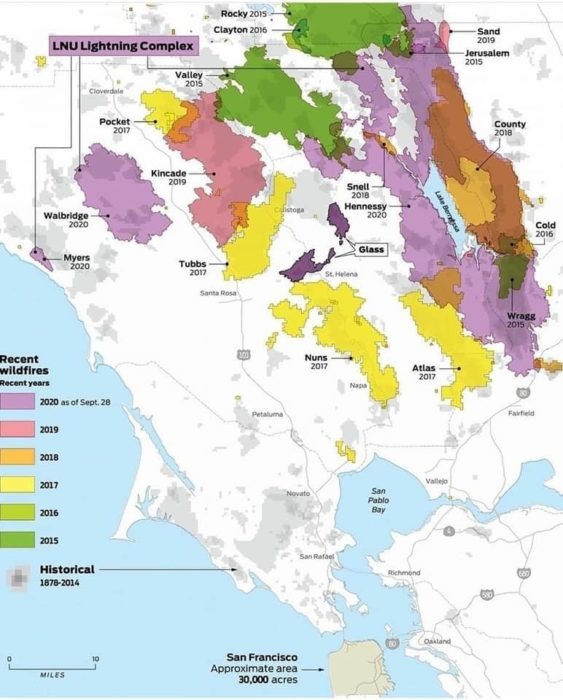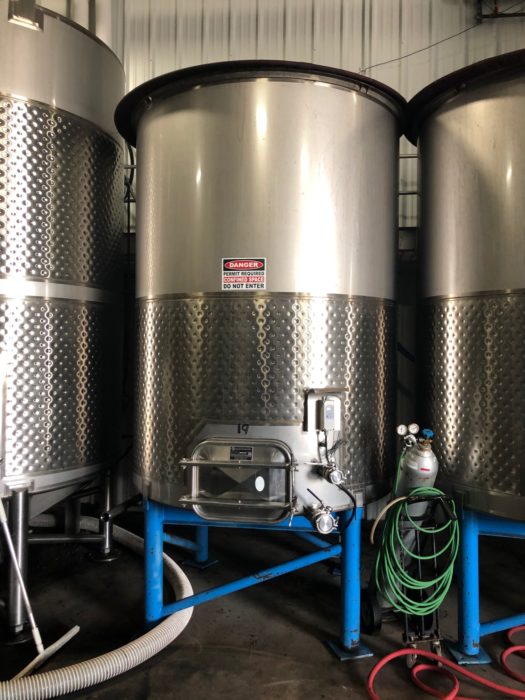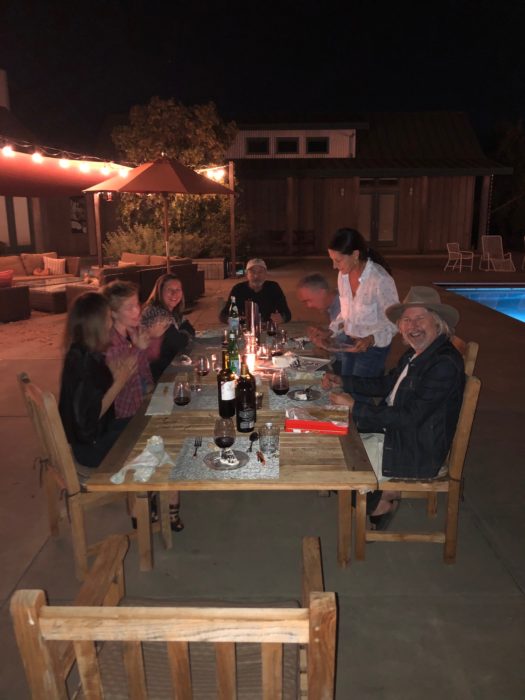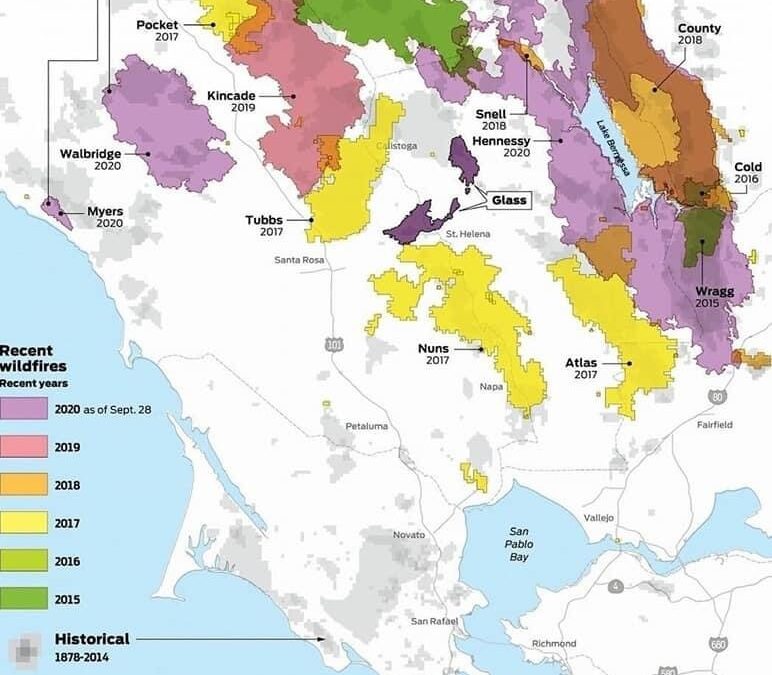
Sonoma 2020 grape harvest finally winds down as red flag weather warnings continue…
Another grape harvest in the books. 22 vintages for me. And what a vintage 2020 has been. The winery established a ‘no visitor’ employees-only policy, so no client visits this season. We’ve all been functioning as a tight pod. And hanging over the entire harvest were continuous red flag warnings and the smoke taint issue widely appearing in the news.
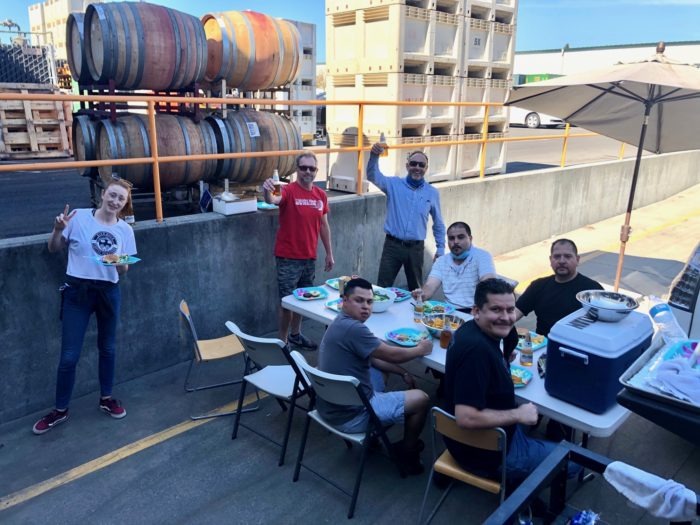
As the last few tons of fruit rolled in, I hosted the winery crew with my annual harvest BBQ. This great group destroyed a cooler full of beer and many dozens of hamburgers. Love these folks! From left to right: Kate, Rex, Victor, me, Jose, Miggy, Arturo.
Smoke
I’ve personally tasted many dozens of 2020 wines in tank and barrel and (so far) there is little to no evidence that smoke taint has made its way into the wines. I know, it’s a big claim, but that’s honestly what I’ve personally observed. We won’t know for certain of course for a few more months, so stand by for an honest re-assessment this winter. To understand more about the process of smoke taint, read here: Smoke taint as presented by the Wine Spectator in 2017 and Smoke taint as presented by the Wine Spectator in 2020.
Rejected Fruit
While smaller producers forged ahead with harvest and winemaking, larger players rejected huge loads of fruit. Why did some producers proceed with harvest while others rejected grapes? Many theories abound. Here are my personal observations:
- In many dozens of 2020 wines made from northern california fruit, we have observed very little presence of actual smoke flaws in the wine so far.
- Larger growers maintain significant crop insurance. Their policies allow for smoke taint as a covered item. If buyers reject their fruit, they are covered.
- Winery’s contracts with growers also provide for smoke taint as a rejectable flaw.
- Labs have the ability to test for smoke taint in the parts per billion range, in alignment with grower and winery contracts and policies.
- Grower and winery insurers have established smoke taint rejection criteria.
- The mere mention of smoke taint associated with a wine is enough to sully a valuable brand. So why put the brand at risk when you can collect insured coverage?
- But, the science of smoke taint is not perfectly understood.
- Market forces are in control. Some wineries are not unhappy with the chance to reduce a glut of inventory from the various production, economic, and virus pressures in the market. Thus rejecting fruit under contract may be a welcome relief from a mounting inventory and financial burden.
- Worthy of note, brokers have quietly tied up significant portions of the 2019 bulk wine supply right as the fires started.
- Last, look for lots of 2020 rosé wine soon – due to the way rosé is made by quickly removing the smokey skins from the juice, many wineries took that step.
Barreled Wines
Back to the 2020 vintage – at the conclusion of fermentation, the wines are pressed and barreled. They are carefully labeled and stacked. It’s quite a feeling to see 12 months of work put safely to bed.
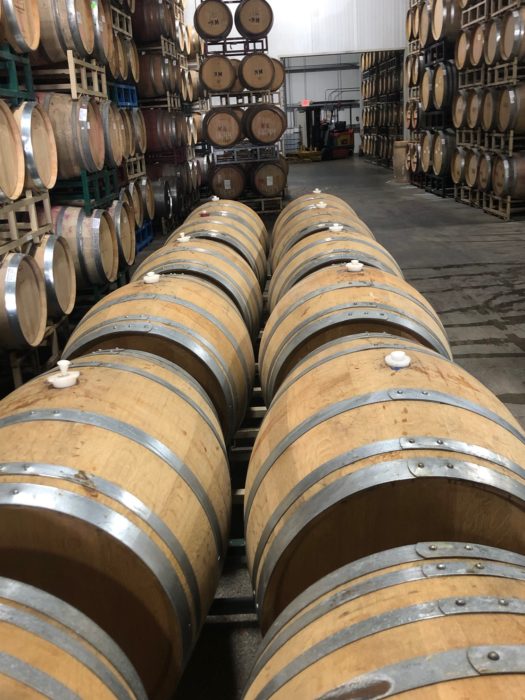
Barrels of wine completing the last of primary fermentation. Note the white plastic bungs are ‘breathable’ allowing the last of the CO2 gas to escape.
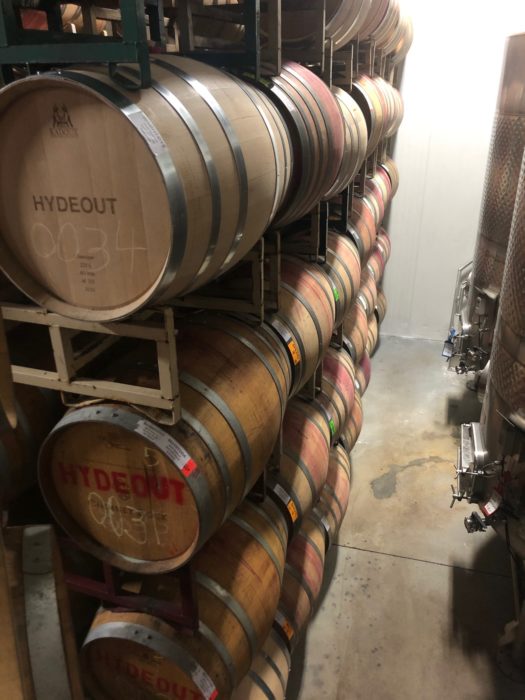
In this barrel stack of Hydeout Sonoma client wines (about 1,500 cases of wine in view in this image), the wines will sit cool and quiet through winter.
The very last tub of fruit for 2020
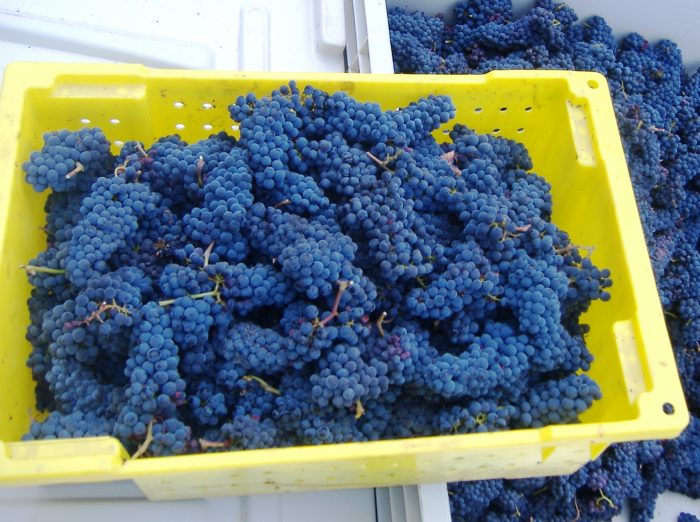
The very last ‘lug’ (40 pound picking bin) of the 2020 vintage – super dark tight and gorgeous Cabernet berries from Sonoma.
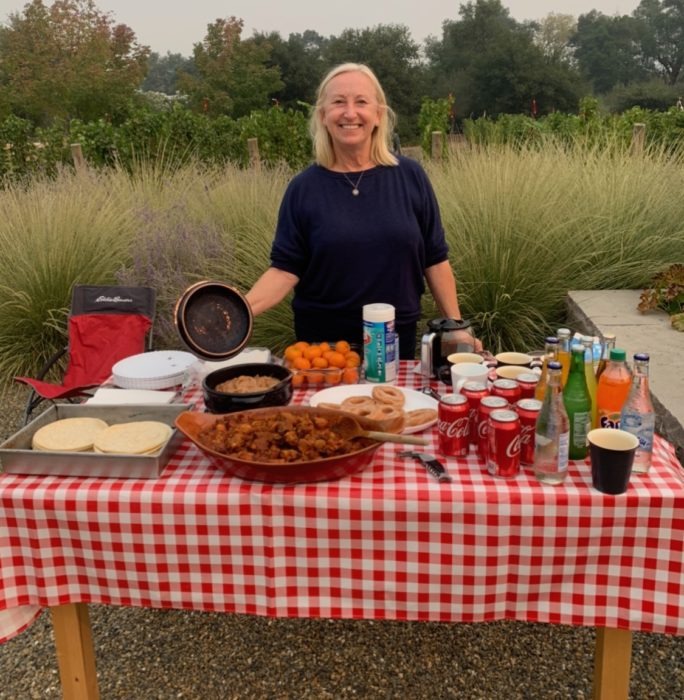
One of our really fun and generous Hydeout Sonoma clients cooked an over-the-top breakfast for the harvest crew. A 5:00am start was wrapped by 9:00am. In the foreground…braised rib “Birria”, a delicious classic, along with fresh tortillas, beans, and drinks. Thank you Jan!
A moment for MLF science – the secondary ML (malo-lactic) fermentation and chromatography
Why are some wines crisp and citrusy and others so soft and jammy or buttery? Primary fermentation involves the conversion of sugar to alcohol according to this formula: 2 parts sugar + yeast = 1 part alcohol + 1 part CO2 + heat. As the yeast converts the last few molecules of sugar, the red wins are pressed and settled, then moved into barrels. Over the winter months, the ‘secondary fermentation’ occurs. In the presence of the friendly and beneficial bacteria, relatively weak Malic acid (somewhat tart) is slowly converted into Lactic acid (the softer acid typically associated with dairy). This has the benefit of reducing some of the tartness and making the resulting wine taste softer. To monitor the status of the secondary “ML” fermentation, we use paper chromatography.
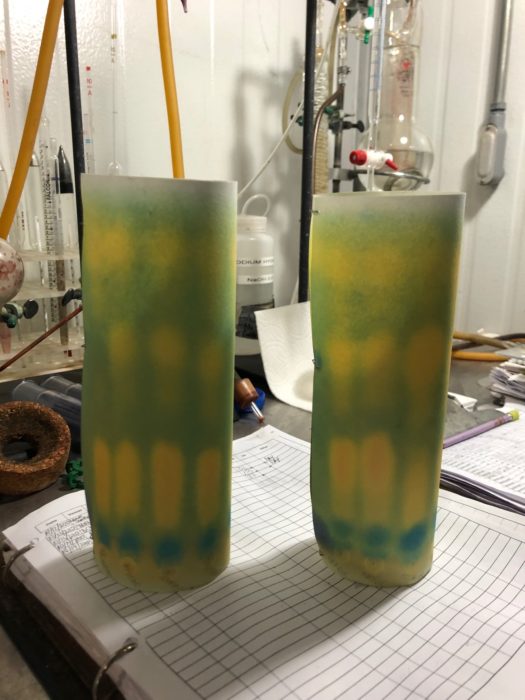
The secondary ML fermentation reaction is undertaken by the family of lactic acid bacteria (LAB); Oenococcus oeni, and various species of Lactobacillus and Pediococcus. Chemically, malolactic fermentation is a decarboxylation, which means carbon dioxide is liberated in the process.
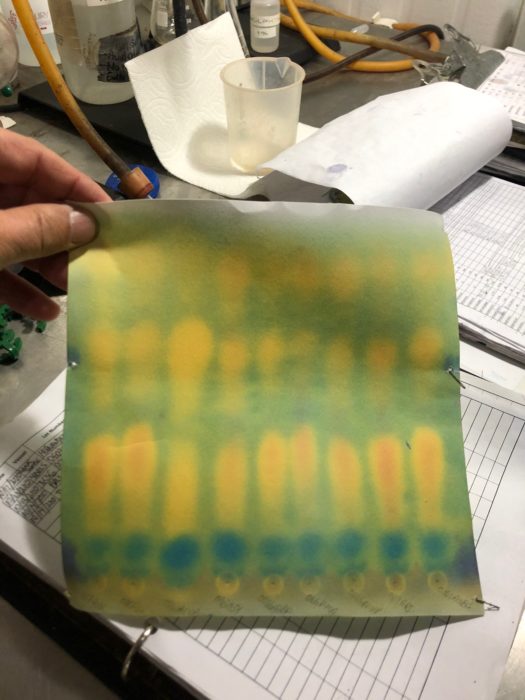
Please watch this You Tube video of how we perform this MLF status test: Video fully explaining the MLF test process
Marking the end of the harvest and arrival of the Monarch Butterflies
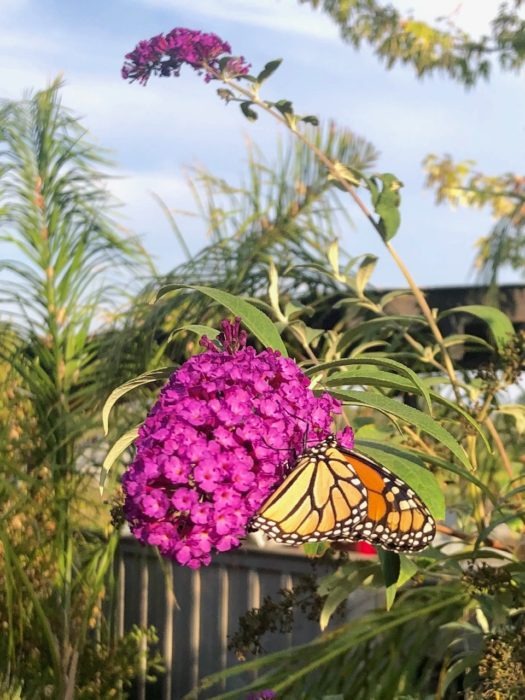
So cool! Getting ready to depart for their winter range in Mexico, our first siting of the Monarch butterflies at the Hydeout Sonoma ranch. Monarch butterflies are an iconic species, easily recognized by their large and vibrant orange wings. Monarchs carry out one of the most incredible cross-continental journeys in the animal kingdom, travelling upwards of 3000 miles from Canada and the northern United States, and particularly Sonoma, to the oyamel fir forests in the mountains of Mexico.
Other stuff
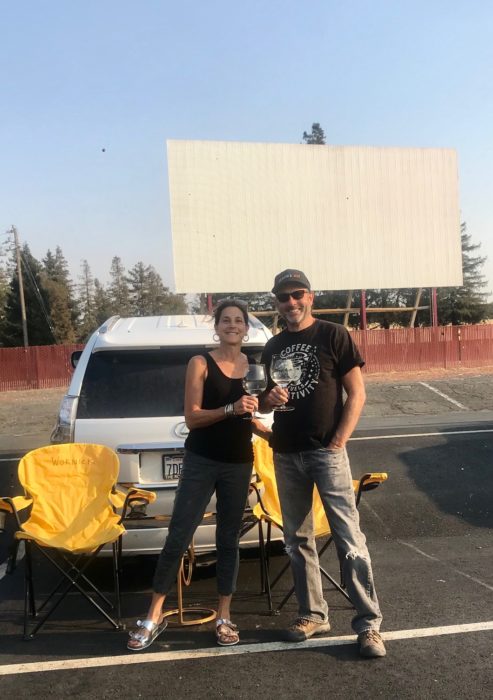
Cyn and I have oddball ways of celebrating our wedding anniversary. For our very first anniversary in 1988, then living in Texas, we took a rickety public bus across the Rio Grande River into Nuevo Laredo to watch greyhound dog racing. (Sadly, the track is now owned by the Zeta’s Gang. 32 years later, in the middle of Covid, we celebrated by going to the exceptionally retro West Wind Drive-in theatre in Solano – to watch the one-night only release of Metalicca’s drive-in movie aptly titled Pandemica. The grape harvest started early the following morning.

